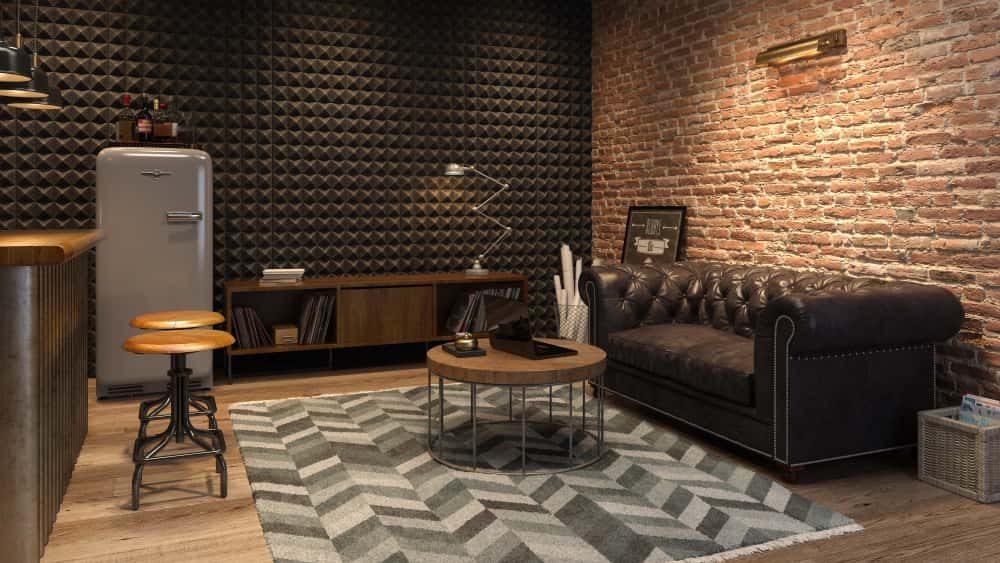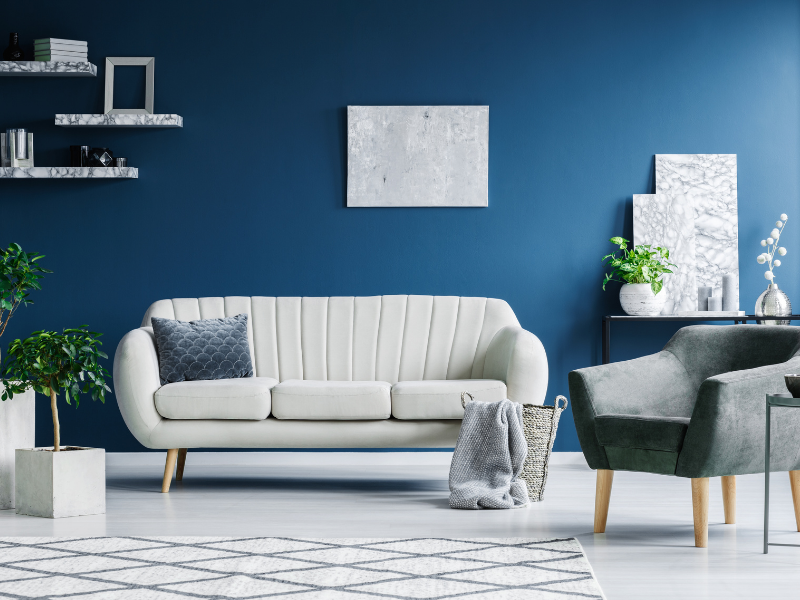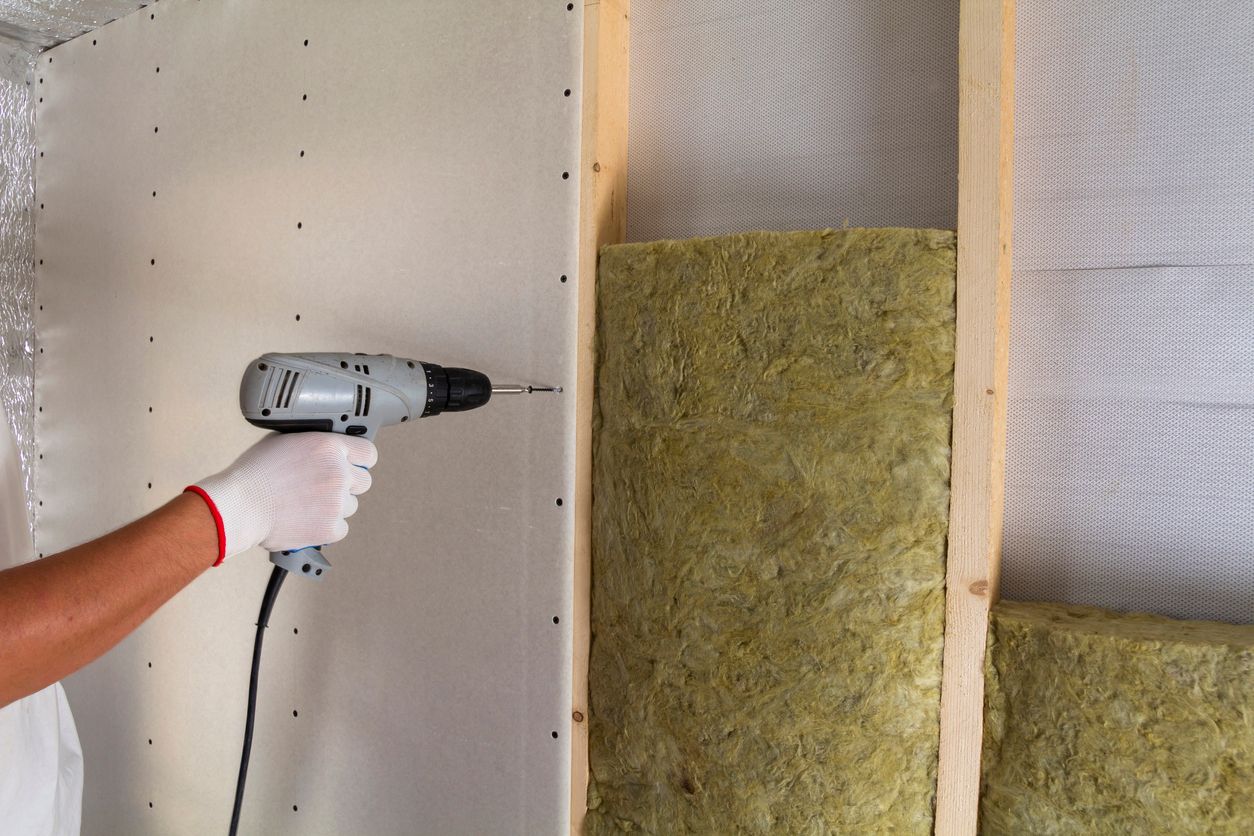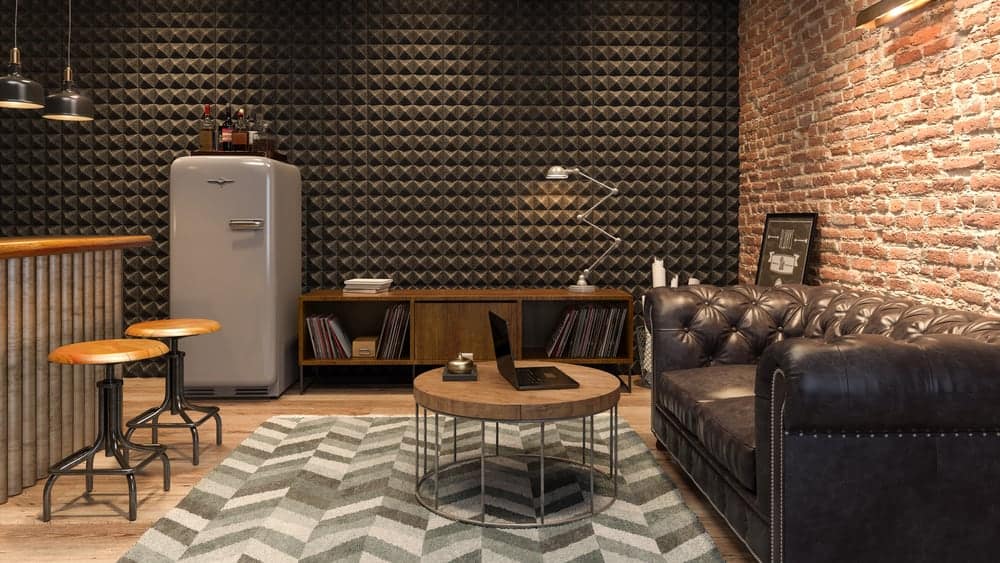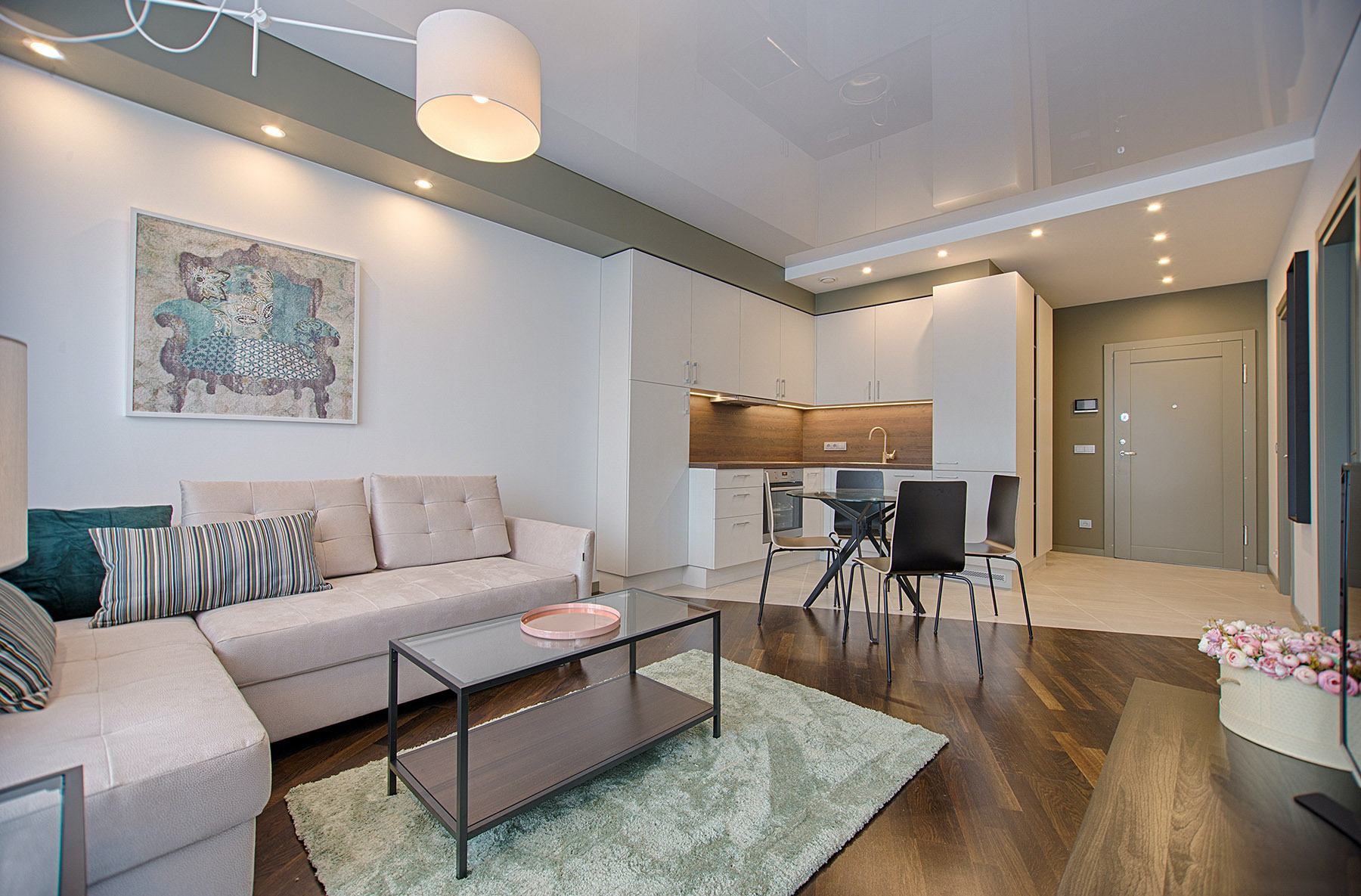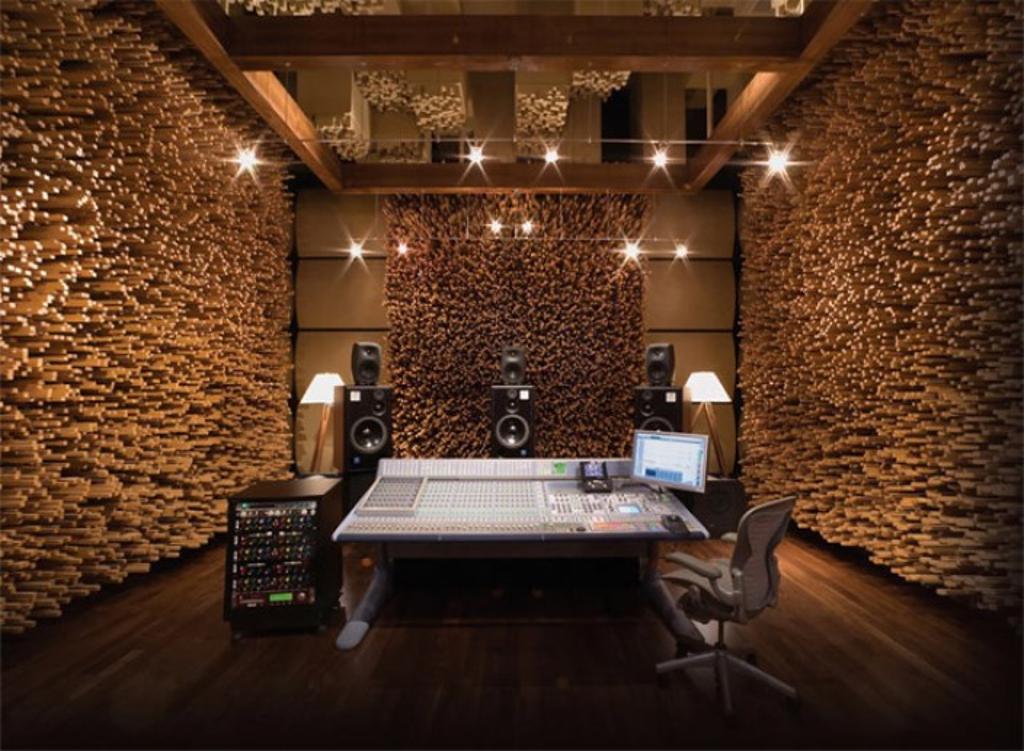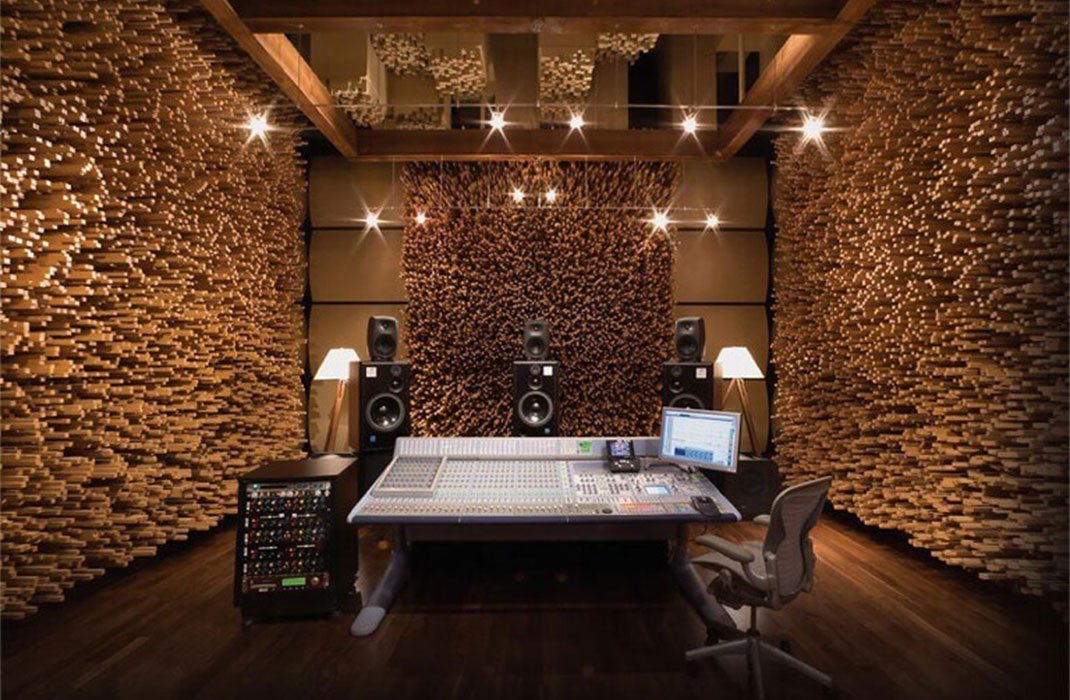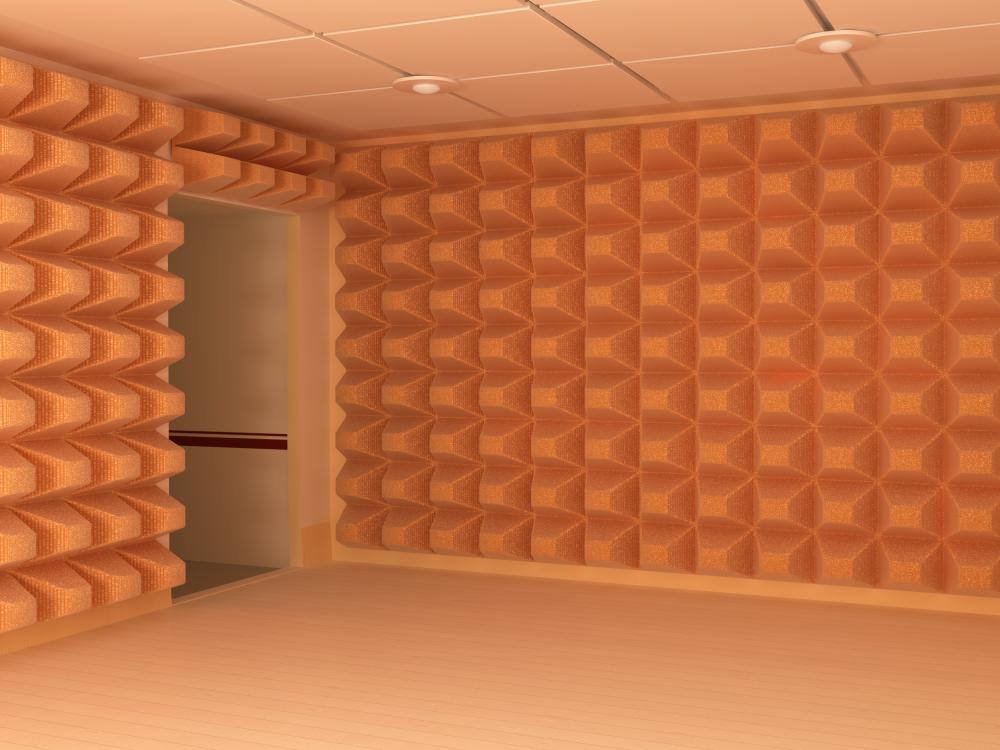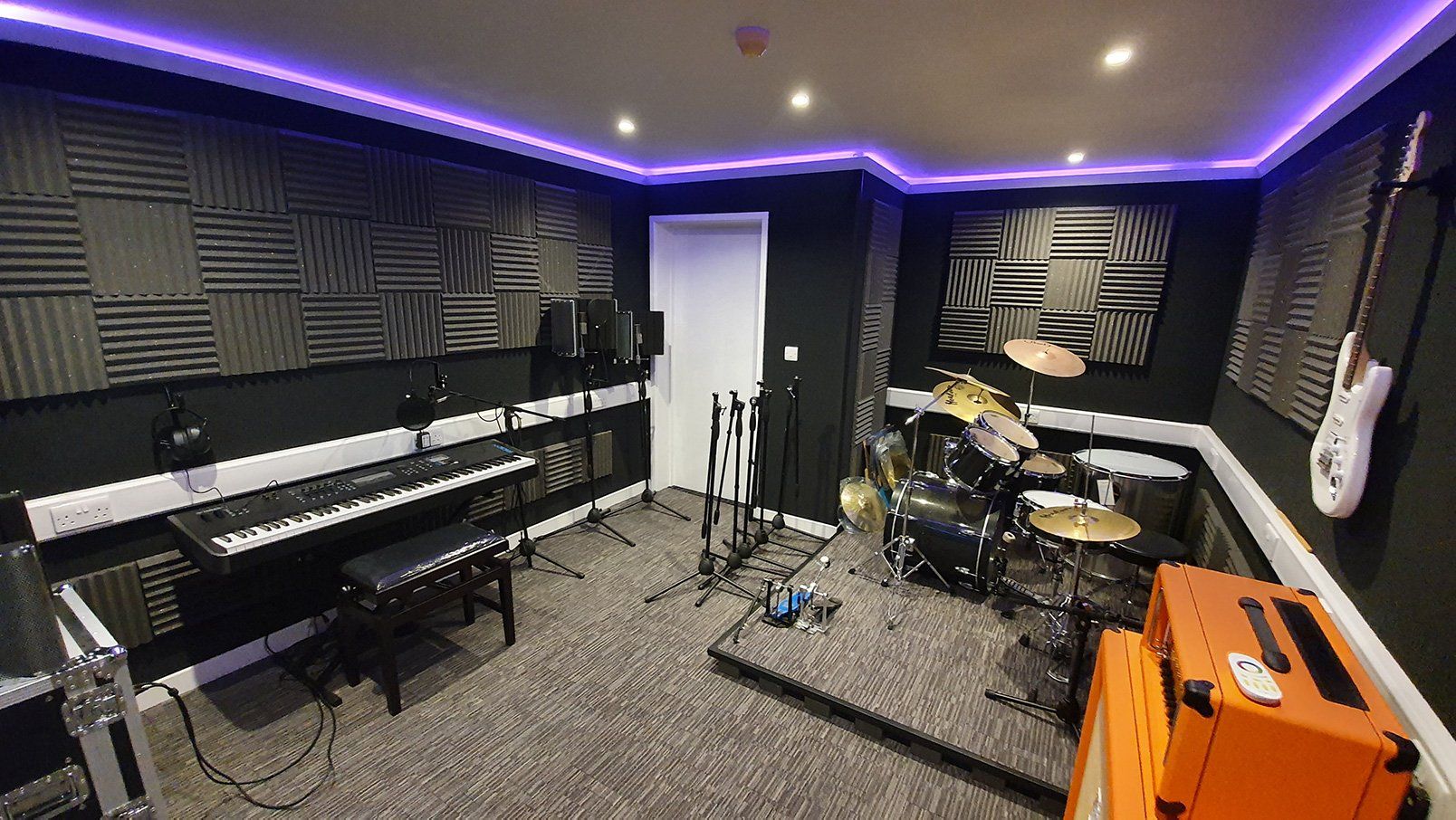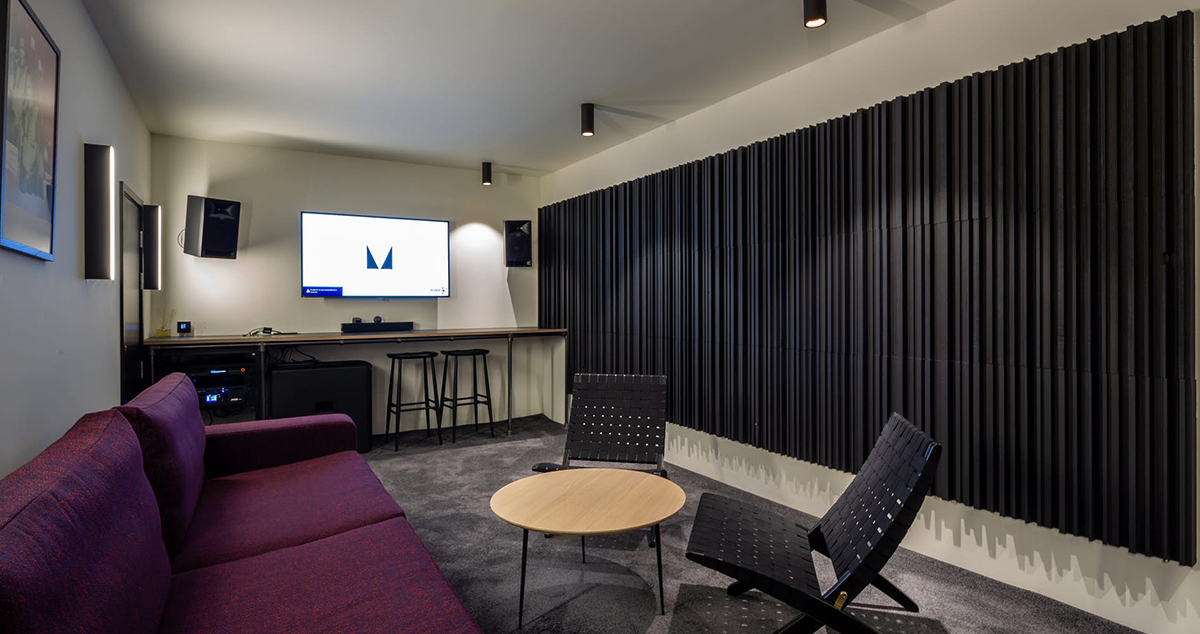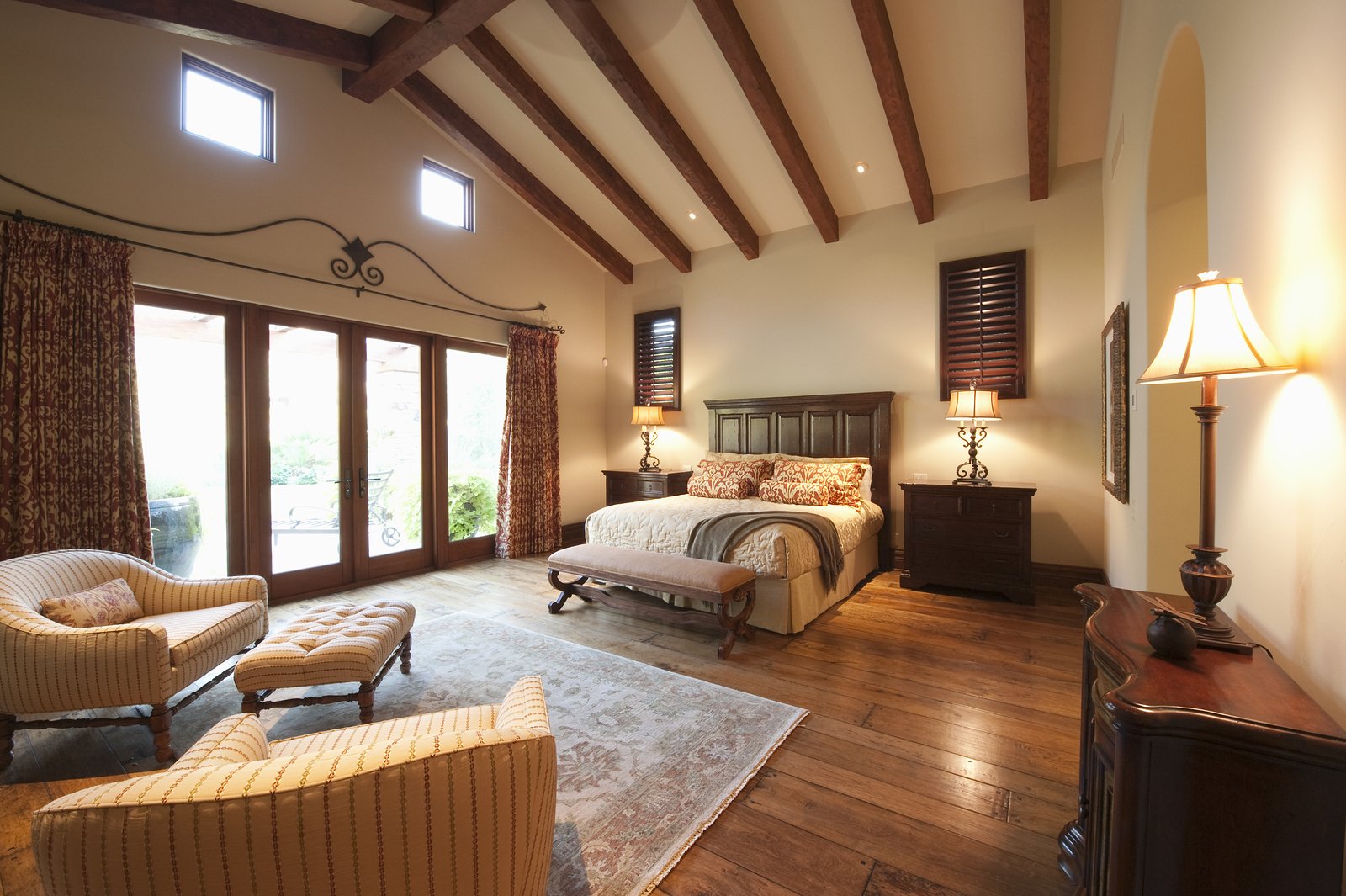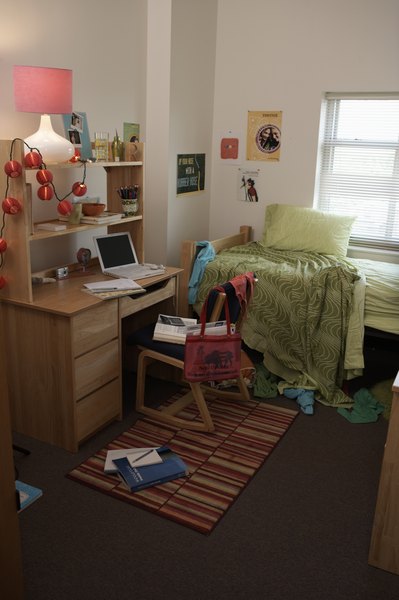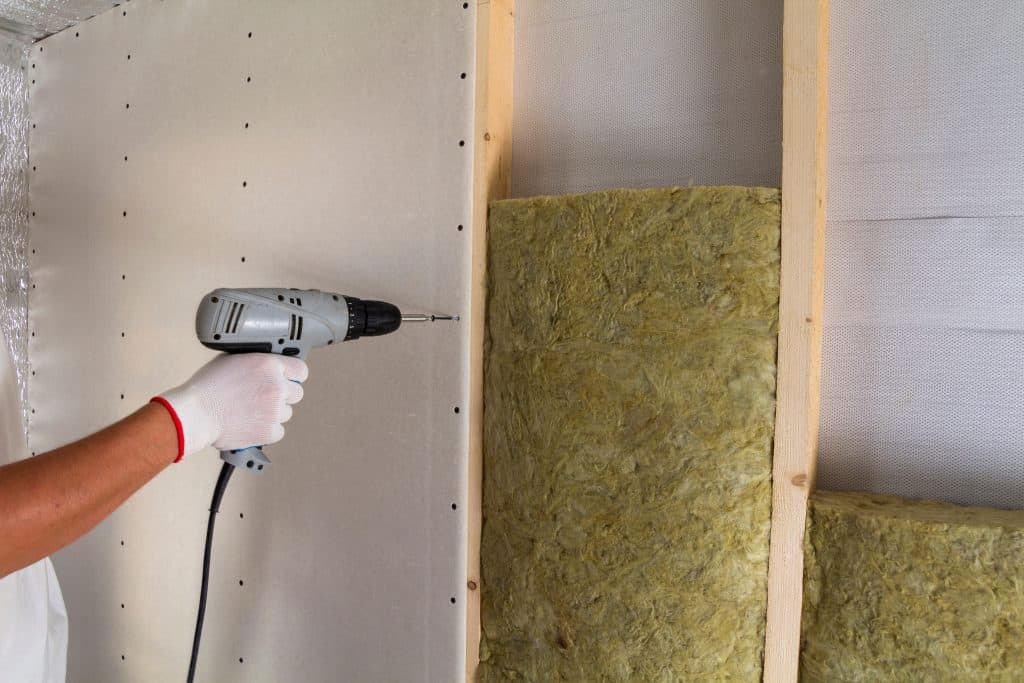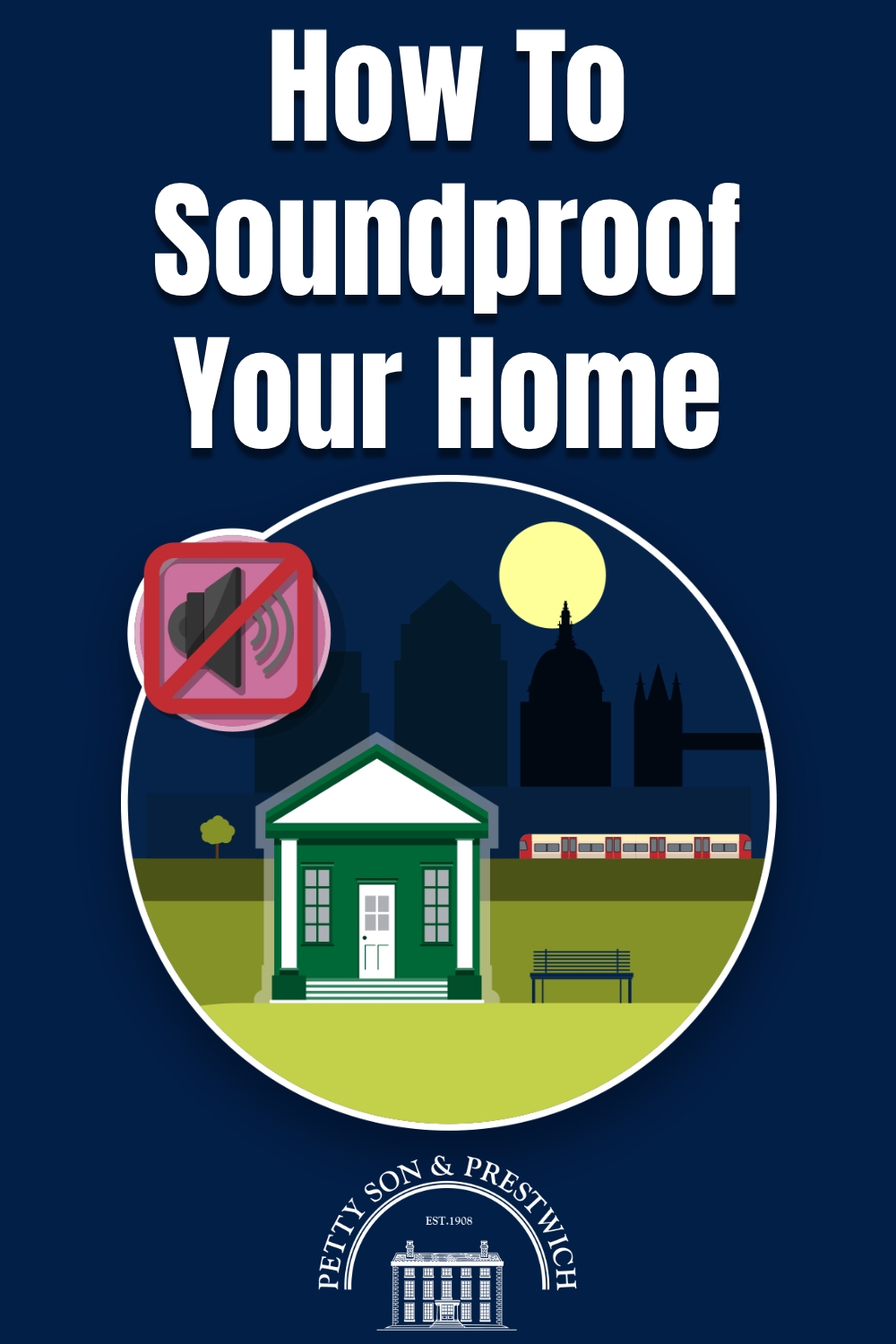Soundproofing a Living Room: How to Keep the Peace at Home
Living rooms are often the heart of the home, serving as a gathering place for family and friends. However, they can also be a source of noise and disruption, especially in a busy household. If you're tired of hearing every conversation, TV show, and footstep from your living room, it may be time to consider soundproofing the space. Not sure where to start? Here are the top 10 tips for soundproofing your living room and creating a peaceful, quiet oasis in your home.
Soundproofing a Living Room: Tips and Tricks for a Quieter Space
Before jumping into the specifics of soundproofing your living room, it's important to understand the basics. Sound travels in waves and can easily pass through walls, floors, and ceilings. To effectively reduce noise, you need to disrupt these waves and create barriers that can absorb or block the sound. With that in mind, here are some tips and tricks for soundproofing your living room.
Soundproofing Solutions for Your Living Room
When it comes to soundproofing your living room, there are a variety of options available. One of the most effective methods is to add mass to your walls, such as with soundproofing drywall or mass-loaded vinyl. These materials are designed to absorb and block sound waves, reducing noise transfer between rooms. Other options include acoustic panels, which can be mounted on walls or ceilings, and soundproof curtains or rugs to absorb sound.
Soundproofing Your Living Room: A Comprehensive Guide
Soundproofing a living room is not a one-size-fits-all solution. The best approach will depend on your specific needs and budget. To effectively soundproof your living room, it's important to consider all aspects of the space, including walls, floors, and ceilings. You may also need to address windows, doors, and any gaps or cracks that can allow sound to travel. A comprehensive guide to soundproofing your living room can help you create a customized plan for your specific needs.
How to Soundproof Your Living Room on a Budget
Soundproofing materials can be expensive, but that doesn't mean you have to break the bank to achieve a quieter living room. There are several budget-friendly options available, such as using weatherstripping to seal gaps around doors and windows, adding rugs or carpets to absorb sound, and using soundproof blankets to cover windows. DIY solutions, such as homemade acoustic panels, can also be a cost-effective option for soundproofing on a budget.
Soundproofing Your Living Room: The Ultimate DIY Project
If you enjoy tackling home improvement projects and have some basic handyman skills, soundproofing your living room can be a rewarding DIY project. With the right materials and techniques, you can significantly reduce noise levels in your living room without hiring a professional. Plus, DIY soundproofing can save you money and give you a sense of accomplishment.
Soundproofing Your Living Room: What You Need to Know
Before diving into a soundproofing project, it's important to do your research and understand the basics of soundproofing. This includes learning about different materials and techniques, as well as the potential benefits and limitations of each. It's also important to consider any building codes or regulations that may affect your soundproofing plans.
Soundproofing Your Living Room: Common Mistakes to Avoid
While soundproofing can be a DIY-friendly project, there are some common mistakes that can render your efforts ineffective. These include using the wrong materials, improper installation, and overlooking key areas that may contribute to noise transfer. To ensure your soundproofing efforts are successful, it's important to understand and avoid these common mistakes.
Soundproofing Your Living Room: Products and Materials to Use
As mentioned earlier, there are a variety of products and materials available for soundproofing your living room. Some popular options include soundproofing drywall, acoustic panels, and soundproofing foam. Each of these materials has its own benefits and uses, so it's important to research and choose the best options for your specific needs.
Soundproofing Your Living Room: Professional Services and Options
If you're not confident in your DIY skills or simply don't have the time or energy to tackle a soundproofing project on your own, there are professional services available. These may include hiring a contractor to install soundproofing materials or consulting with an acoustic engineer to create a customized soundproofing plan for your living room. While these services may come at a higher cost, they can provide a more efficient and effective soundproofing solution.
Can You Soundproof Your Living Room?

Living rooms are often the heart of a home, where families gather to relax and spend time together. However, this central space can also be a source of noise and disturbance, especially in open concept homes. If you're someone who values peace and quiet, you may be wondering if you can soundproof your living room to create a more tranquil environment.
The Importance of Soundproofing

In today's fast-paced world, it's becoming increasingly important to have a space in your home where you can escape from the hustle and bustle and unwind. Soundproofing your living room can provide just that, allowing you to block out unwanted noise from outside or other rooms in your home. It can also improve the acoustics in the room, making it a more enjoyable space for activities such as watching TV or listening to music.
Factors to Consider

Before diving into soundproofing your living room, there are a few factors to consider. First, identify the source of the noise. Is it coming from outside, such as traffic or noisy neighbors? Or is it coming from within your own home, such as from a home office or children's playroom? This will help determine the best approach for soundproofing.
Next, consider the layout and design of your living room. If you have an open concept home, sound can easily travel between rooms. In this case, soundproofing the walls and ceiling may be necessary to create a quieter living room. However, if you have a more traditional layout, you may be able to focus on soundproofing the windows and doors.
Soundproofing Solutions

There are several options for soundproofing your living room, depending on your specific needs and budget. One of the most effective methods is to install soundproofing insulation in the walls and ceiling. This can significantly reduce noise levels and improve the overall acoustics of the room.
For those on a smaller budget, there are also temporary solutions such as soundproofing curtains or acoustic panels that can be easily hung on the walls. These can help absorb sound and reduce noise levels in the room.
It is also important to consider the aesthetics of your living room when soundproofing. You don't want to sacrifice style for function, so look for options that blend seamlessly into your existing decor.
In Conclusion

If you're tired of dealing with noise in your living room, the good news is that you can soundproof your living room . By identifying the source of the noise, considering your layout, and exploring different soundproofing solutions, you can create a peaceful and quiet space to relax and unwind in your home.



